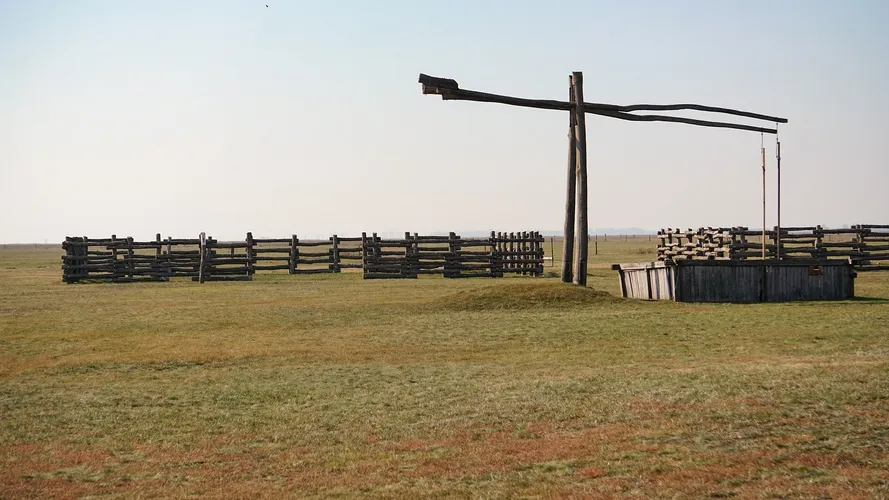
The Archabbey of Pannonhalma is the center of the Hungarian Benedictine Congregation. Monks living here follow the Rule of Saint Benedict, having chosen this way of life to seek God in prayer and communal life.
In 996 Prince Géza settled monks from Bohemia on the Sacred Mount of Pannonia. The monastery erected in honor of Saint Martin of Tours had become the eastern bridgehead of medieval European culture as the Prince intended. Even Saint Stephen (1000-1038), the first Hungarian king was a frequent guest within its walls.
During one and a half centuries of the Turkish Occupation, the monks, however, had to flee for shorter or longer periods. Only later could they start the reconstruction of the damaged buildings. During the time of Archabbot Benedek Sajghó a major baroque construction was in progress in the monastery.
After 1945 the properties of the Order and the schools run by the Benedictines were confiscated by the communist state. From 1950 on, however, the government permitted the secondary schools in Győr and Pannonhalma to function again. Even in those hard times the community remained devoted to the service of God.
Since the end of communism in Hungary, the Benedictine community of Pannonhalma, besides continuing educational work, has been trying to find funds to make it possible for them to fulfill their role in the Church and in secular life as well.




